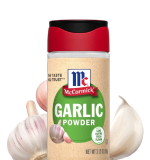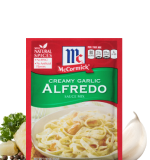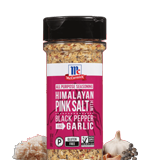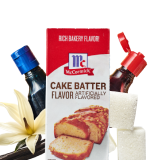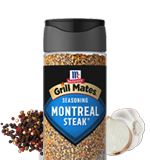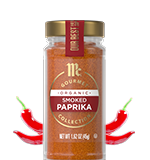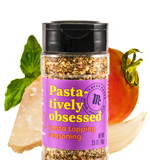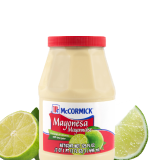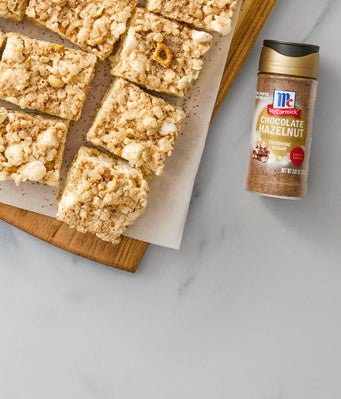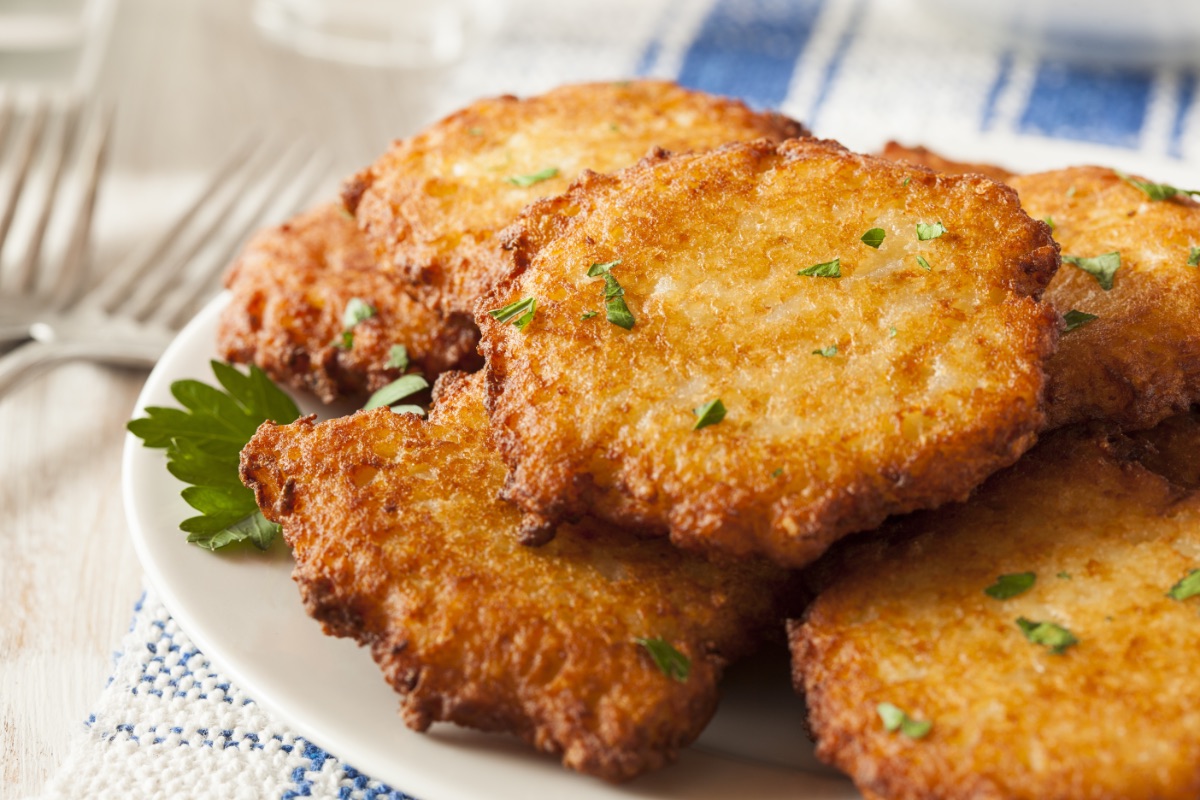

Articles, Tips & Kitchen Inspiration
Explore the full collection of McCormick articles, where expert tips, how-tos, and flavor-packed ideas turn everyday meals into memorable moments.
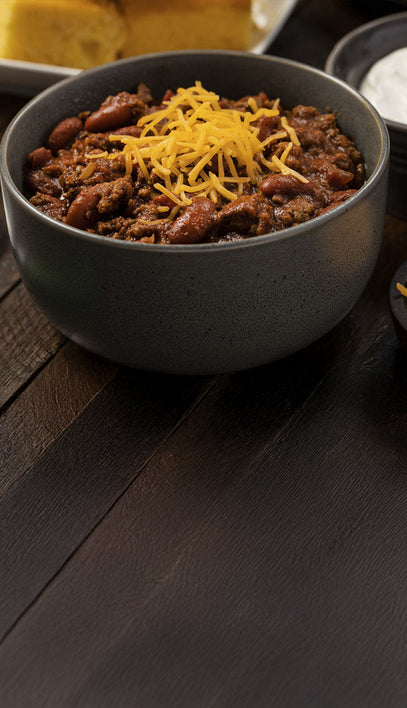
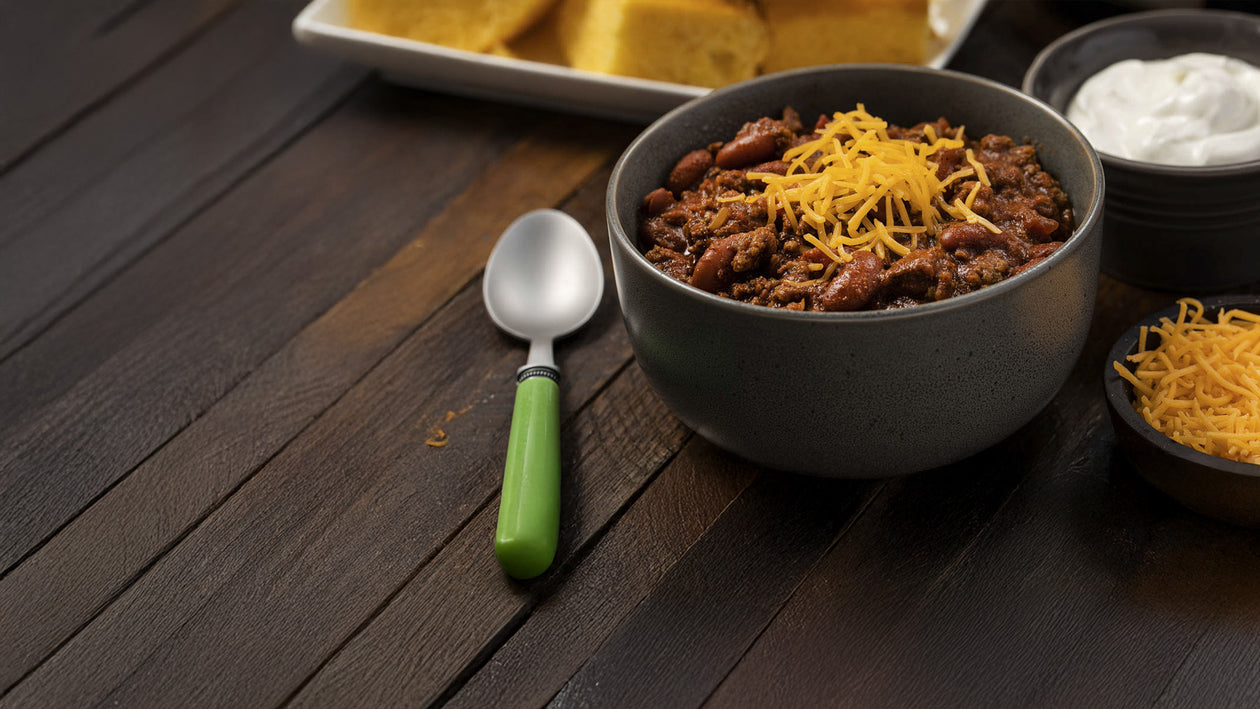
Slow Cooker Comforts Made Simple
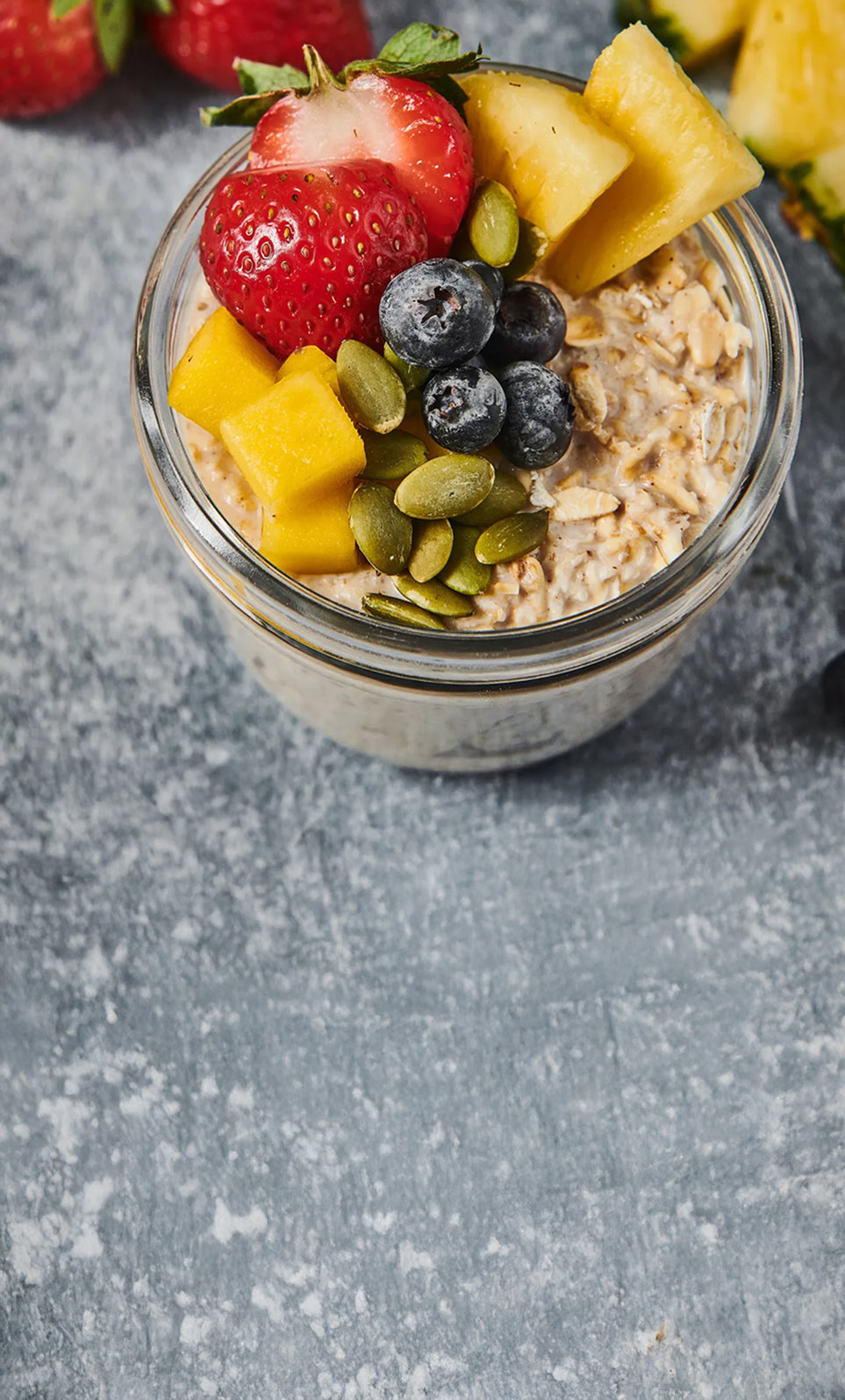
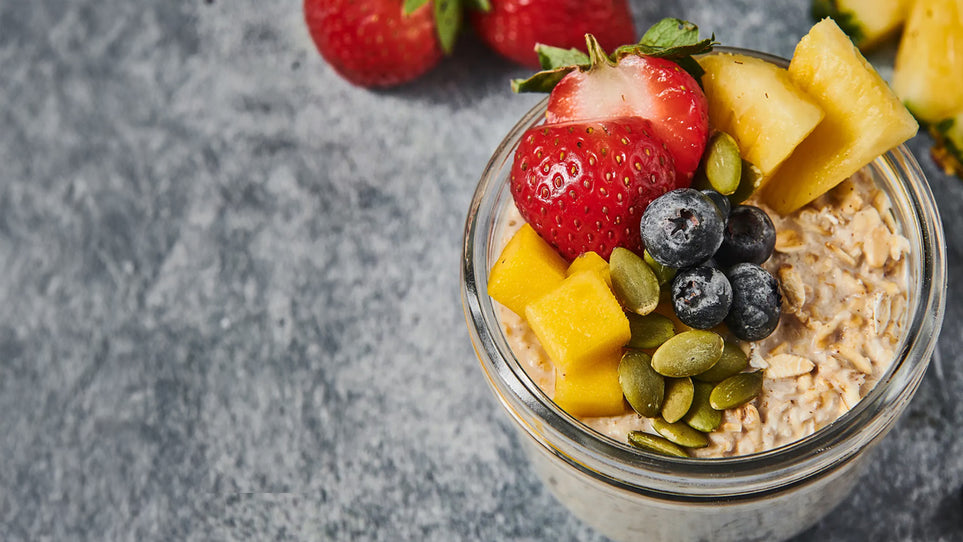
15 Easy Breakfast Meal Prep Ideas
Pressed for time in the mornings? From overnight oats to egg bakes. These quick and creative ideas make breakfast one less thing to worry about. Get the fuel you need without missing a beat.
You Might Also Like

Bridgerton Sugars | Coming Soon from McCormick
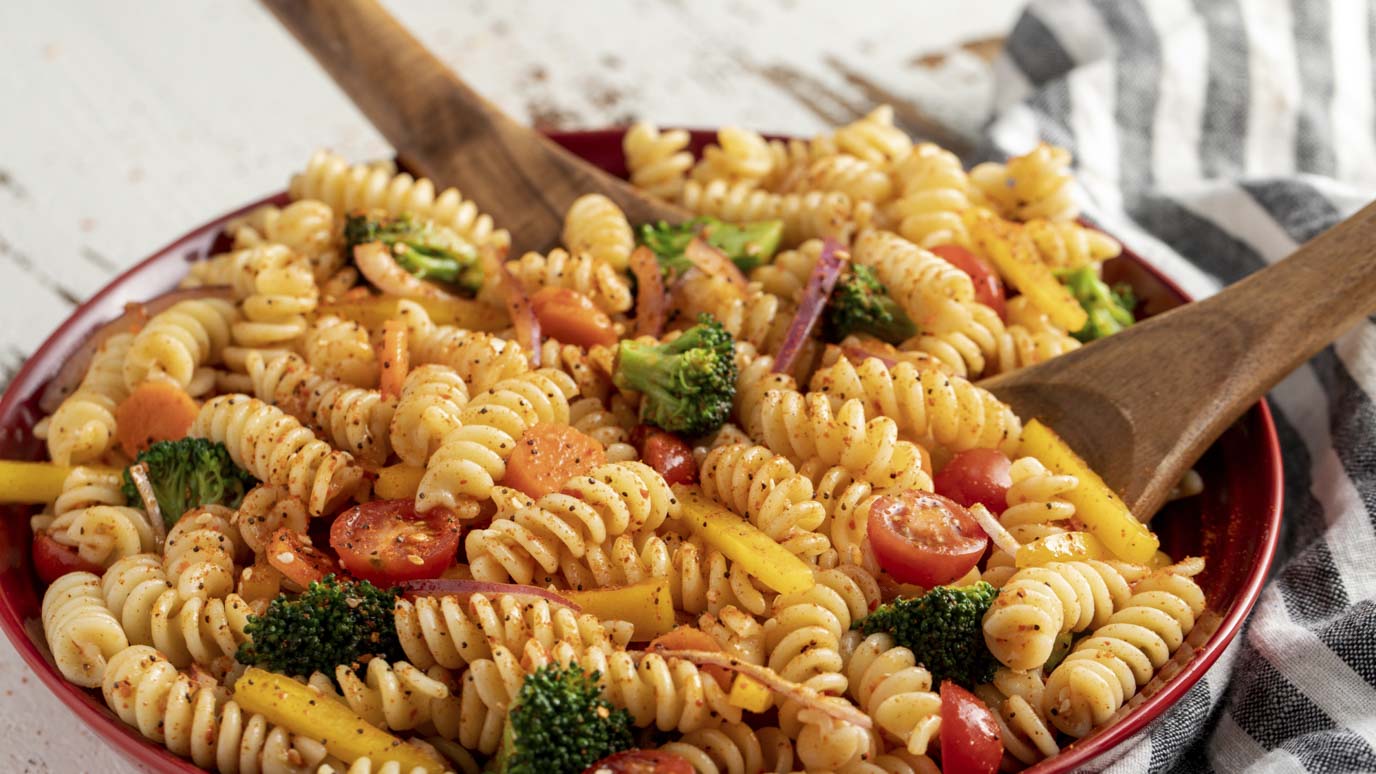
10 irresistible ways to use up a bottle of McCormick salad supreme seasoning
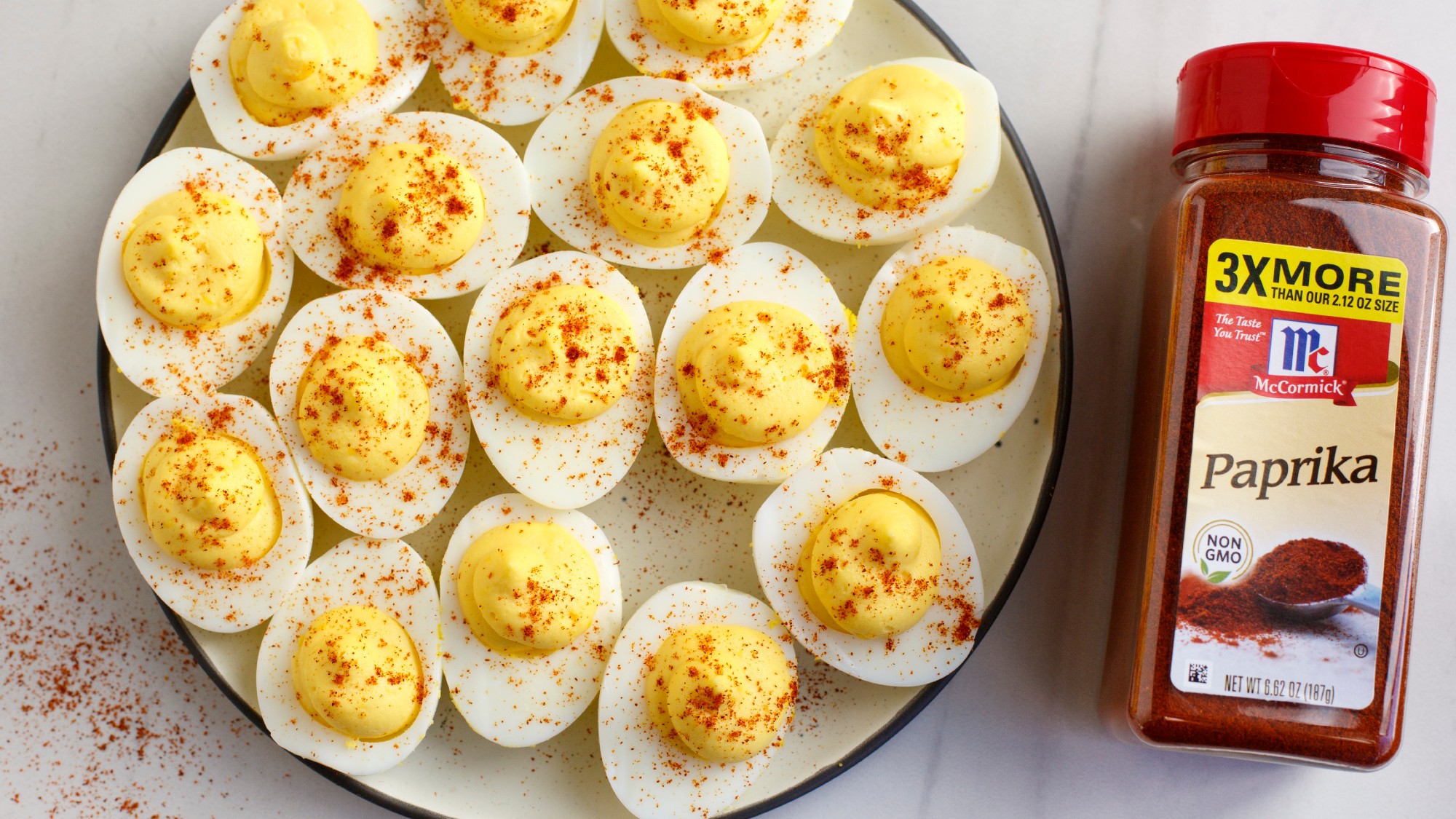
About Paprika Uses, Pairings and Recipes
How to Substitute Baking Soda or Baking Powder
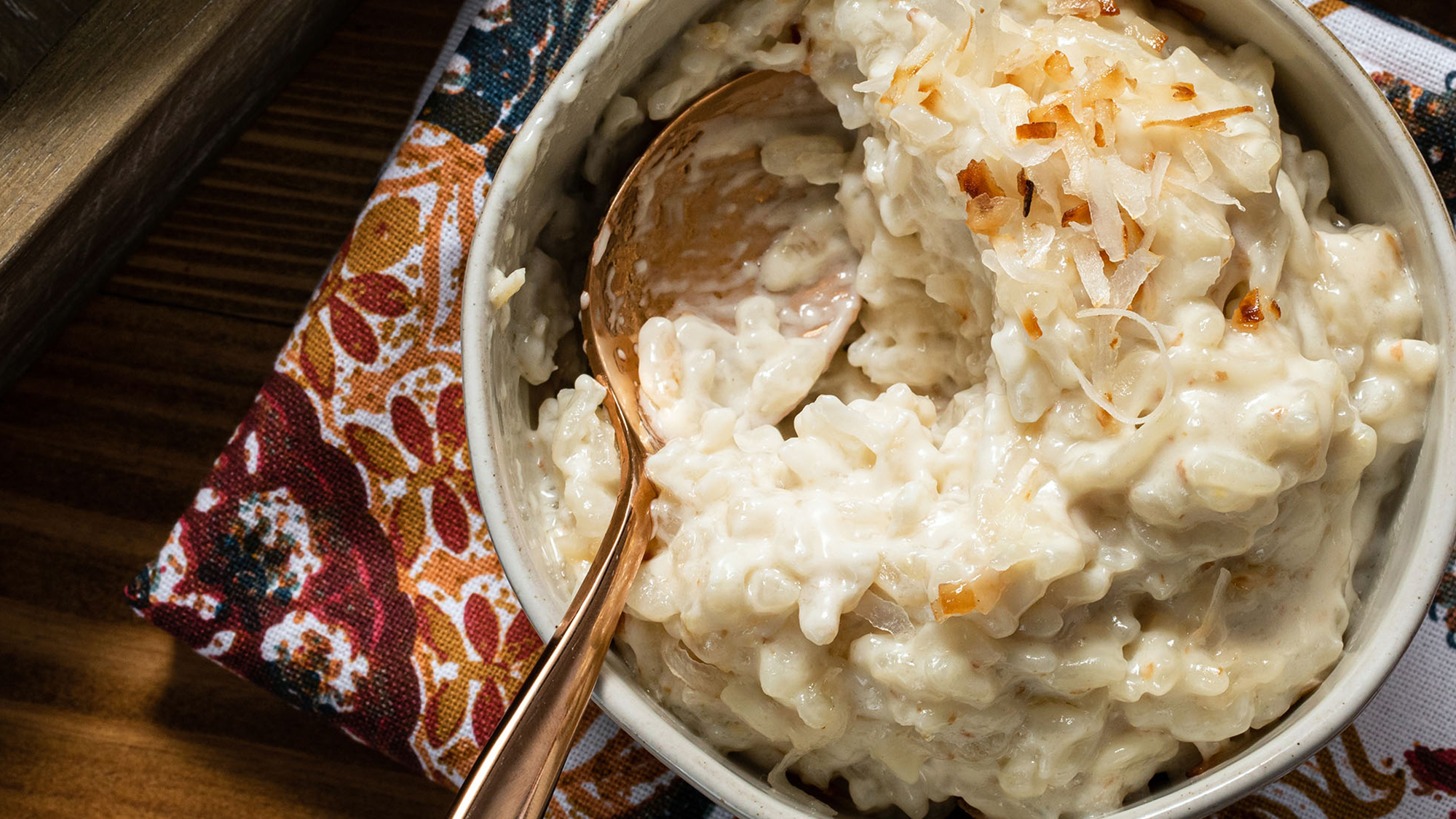
About Ginger Uses, Pairings and Recipes

DIY Halloween Treats
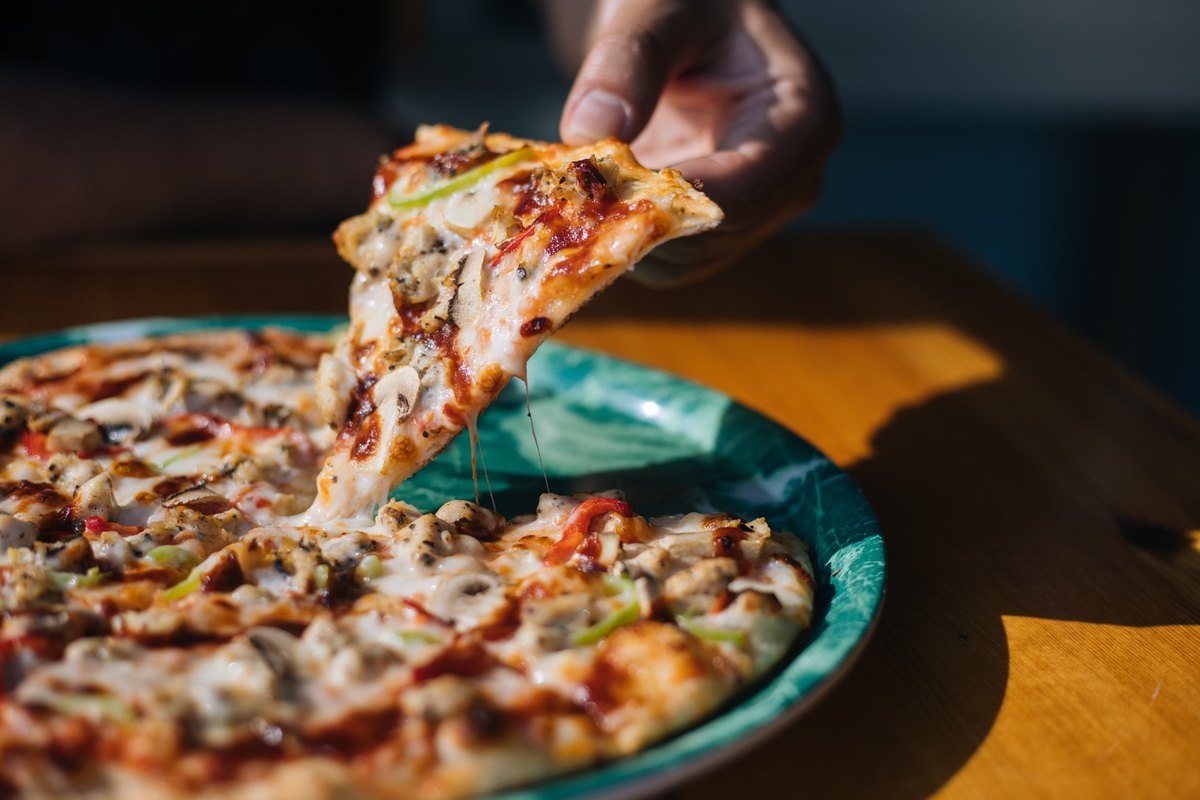
6 Creative Homemade Pizza Recipe Alternatives


